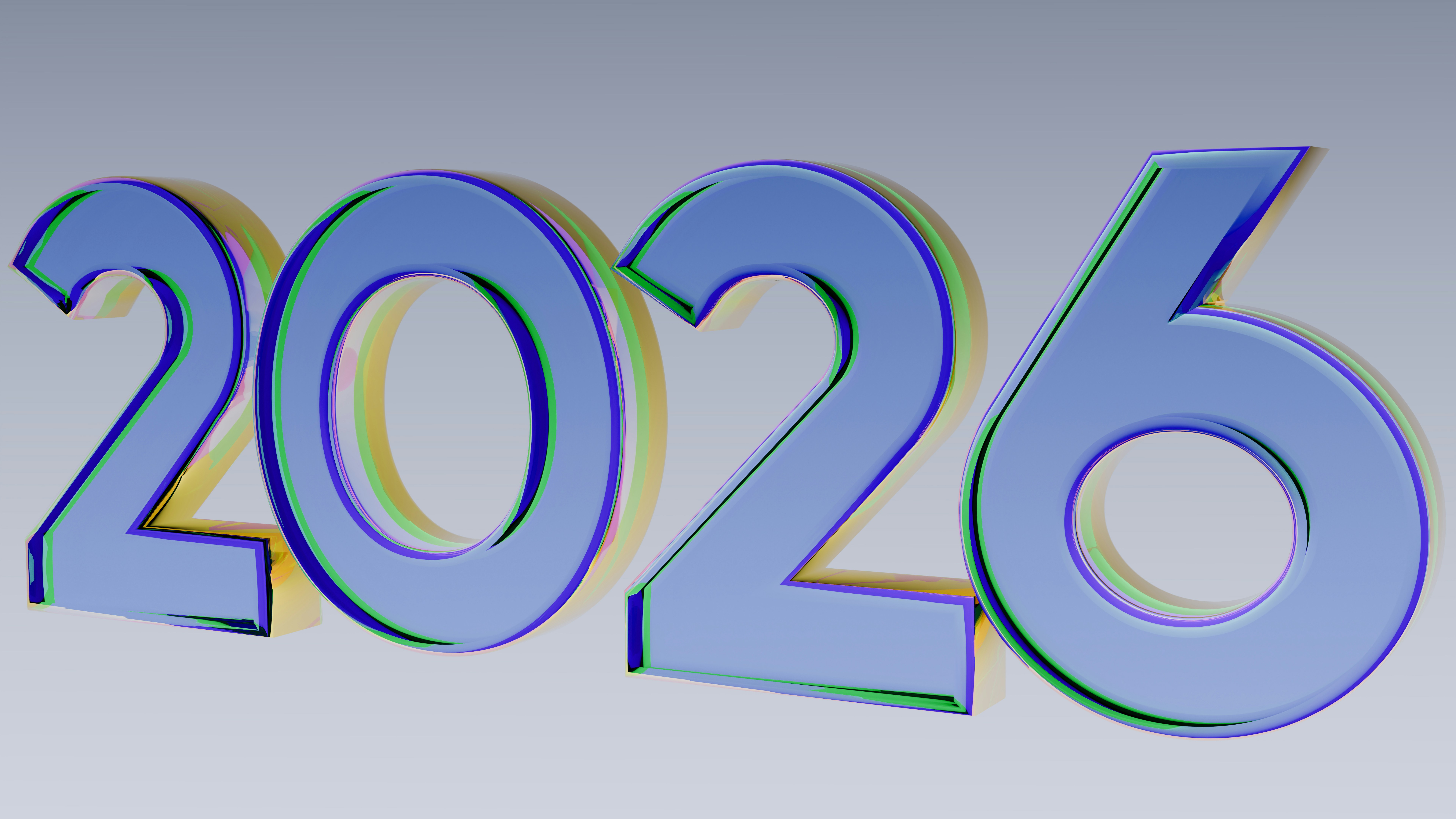Related Jobs
View all jobsSenior Design Engineer
Senior / Principal Mechanical
Mechanical Design & Test Engineer
Mechanical Engineer - Design Change
Principal Mechanical Engineer: Aerospace Systems, Hybrid
Subscribe to Future Tech Insights for the latest jobs & insights, direct to your inbox.
Industry Insights
Discover insightful articles, industry insights, expert tips, and curated resources.

Space Sector Hiring Trends 2026: What to Watch Out For (For Job Seekers & Recruiters)
The UK space sector is no longer a niche curiosity. It is now a strategic industry worth billions, employing tens of thousands of people across nearly 2,000 organisations – and it has been growing faster than the wider UK economy for years. At the same time, employers report serious skills shortages, especially in software, data and systems engineering, with recruitment and retention now cited as key barriers to growth. For job seekers, this is encouraging – but it does not mean every space application is an easy win. For recruiters, competing for talent with tech, defence, energy and finance is only getting harder. This article, written for www.ukspacejobs.co.uk , explores the space sector hiring trends to watch in 2026, aimed at both: Job seekers searching for terms like “space jobs in the UK”, “satellite jobs UK”, or “space engineer roles”; and Recruiters and hiring managers interested in “space sector hiring trends” and “space recruitment UK”.

Space Industry Recruitment Trends 2025 (UK): What Job Seekers Need To Know About Today’s Hiring Process
Summary: UK space‑sector hiring has shifted from pedigree‑first screening to capability‑driven evaluation across the full stack—spacecraft systems, payload/RF, flight software, GNC/ADCS, propulsion, structures/thermal, AIT (assembly–integration–test), mission/ground operations, reliability/radiation, and compliance (ECSS, export control). Employers want proof you can build, test, operate and scale space systems safely and economically. This guide explains what’s changed, what to expect in interviews & how to prepare—especially for satellite/spacecraft engineers, payload & RF/MM‑wave, flight & ground software, GNC/ADCS, power/thermal, AIT/test, mission ops, data/EO, and space product/TPM roles. Who this is for: Systems engineers, payload/RF engineers, flight software & FDIR, GNC/ADCS, power/thermal/structures, propulsion, AIT/test, reliability/radiation, QA/compliance, ground segment/cloud, mission operations, EO/data processing, and product/programme managers targeting roles in the UK space ecosystem.

Why Space Careers in the UK Are Becoming More Multidisciplinary
The UK’s space sector is growing fast — from satellite systems and Earth observation to satellite communications, space robotics, propulsion, space data analytics, and mission operations. But the nature of space work is changing. Projects involving satellites, launch systems, space robotics and ground infrastructure are now embedded in regulation, public perception, human interaction and cross-disciplinary design. Space careers in the UK used to be dominated by engineers, astrophysicists, systems analysts and telemetry experts. Today, they increasingly demand fluency not only in aerospace, software, electronics & data, but also in law, ethics, psychology, linguistics & design. After all, space systems operate under treaties, privacy constraints, public scrutiny, international collaborations and human interfaces. In this article, we explore why space careers in the UK are becoming more multidisciplinary, how those allied fields intersect with space work, and what job-seekers & employers must do to thrive in this evolving cosmos.